The age of spruce soundboards used in crafting Turkish ouds is a topic that resonates deeply with luthiers, musicians, and collectors alike. Unlike mass-produced instruments, the oud’s voice is inextricably linked to the quality and maturity of its materials. Spruce, prized for its tonal clarity and responsiveness, is often the wood of choice for the soundboard—the heart of the instrument. But how does the age of the spruce influence the oud’s character? The answer lies in a blend of tradition, science, and the subtle alchemy of wood aging.
For centuries, Turkish oud makers have sought out spruce with a quiet reverence, often favoring wood that has been allowed to dry naturally over decades. This slow aging process reduces the wood’s moisture content, stabilizing its structure and enhancing its acoustic properties. Older spruce, particularly that which has been air-dried, develops a crystalline rigidity that allows it to vibrate more freely. The result is an instrument with a brighter, more articulate tone, capable of both delicate nuance and powerful projection. Younger spruce, by contrast, tends to produce a warmer but less focused sound, as the wood’s fibers are still relatively soft and damp.
The science behind aging spruce reveals why time is such a critical factor. As the wood dries, its cellular structure undergoes subtle changes. Resins and sap gradually crystallize, while the cell walls become more rigid. This transformation reduces internal damping—the tendency of the wood to absorb vibrational energy—allowing more of the string’s energy to be transmitted as sound. Luthiers often describe well-aged spruce as "alive," a quality that cannot be rushed. Kiln-drying, a common practice in modern lumber processing, may accelerate the drying time, but it lacks the nuanced effects of natural aging. The wood may become brittle or lose some of its tonal complexity, a compromise many traditional oud makers refuse to accept.
In Turkey, sourcing aged spruce is both an art and a logistical challenge. Many master luthiers rely on reclaimed wood, often salvaging beams from old houses, bridges, or even shipwrecks. These timbers, sometimes centuries old, have endured years of natural seasoning, making them ideal for soundboards. The practice of repurposing ancient wood is not just pragmatic; it carries a cultural weight. Each piece tells a story, and some craftsmen believe this history imbues the instrument with a unique soul. The famed Istanbul workshop of a particular oud maker, for instance, is rumored to use spruce from Ottoman-era structures, a detail that adds to the mystique of their instruments.
Yet, the pursuit of aged spruce is not without controversy. Some argue that excessively old wood can become too brittle, losing its resilience and producing a harsh tone. Others contend that the obsession with antiquity overlooks the importance of craftsmanship—after all, a skilled luthier can coax remarkable sound from relatively young wood if it is properly treated. The debate reflects a broader tension between tradition and innovation in oud making. While some artisans adhere strictly to time-honored methods, others experiment with modern treatments, such as vacuum drying or chemical stabilization, to mimic the effects of aging.
For musicians, the choice between old and new spruce often comes down to personal preference. A oud with an aged soundboard might excel in clarity and volume, making it ideal for solo performance or recording. A younger spruce top, on the other hand, might offer a mellower, more forgiving tone, suitable for ensemble playing or certain styles of Turkish classical music. The player’s touch also plays a role; a heavy-handed approach can overwhelm a delicate aged soundboard, while a lighter touch might not fully activate a denser, younger one.
Ultimately, the age of the spruce in a Turkish oud is more than a technical detail—it is a narrative of time, craftsmanship, and sonic philosophy. Whether drawn from ancient timbers or carefully seasoned planks, the wood’s journey from forest to fingerboard shapes the instrument’s voice in ways that are as profound as they are intangible. In a world increasingly dominated by speed and efficiency, the oud stands as a reminder that some things cannot be hurried, and that the passage of years can be the most valuable ingredient of all.

By /Jun 6, 2025

By /Jun 6, 2025
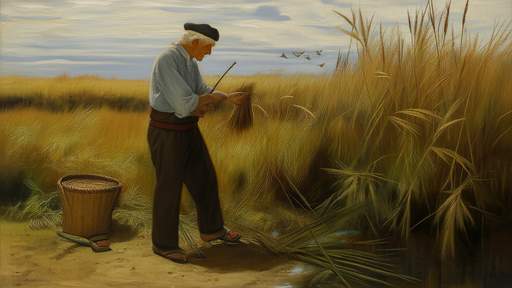
By /Jun 6, 2025
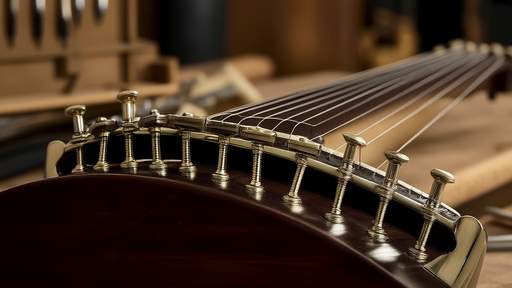
By /Jun 6, 2025
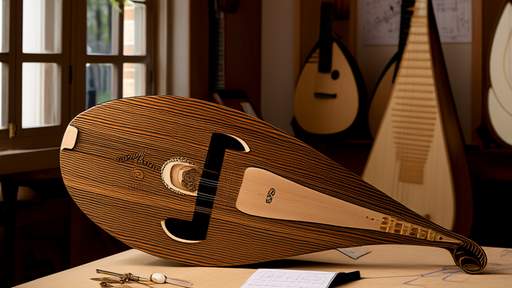
By /Jun 6, 2025
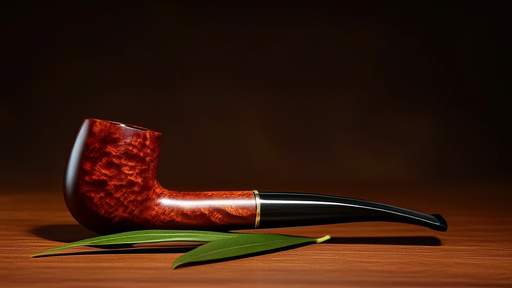
By /Jun 6, 2025
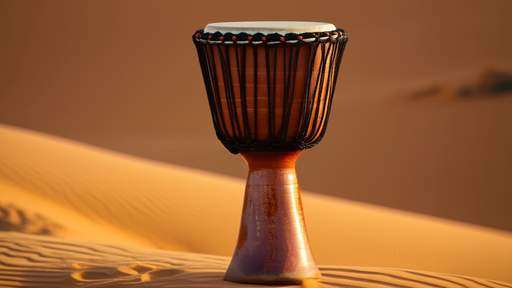
By /Jun 6, 2025

By /Jun 6, 2025

By /Jun 6, 2025

By /Jun 6, 2025

By /Jun 6, 2025

By /Jun 6, 2025
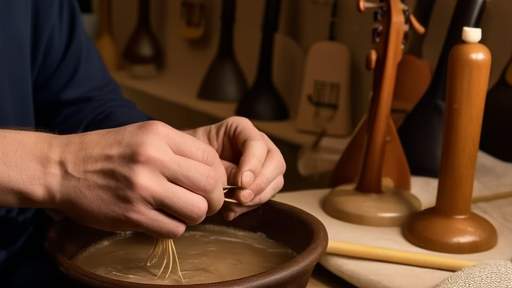
By /Jun 6, 2025

By /Jun 6, 2025
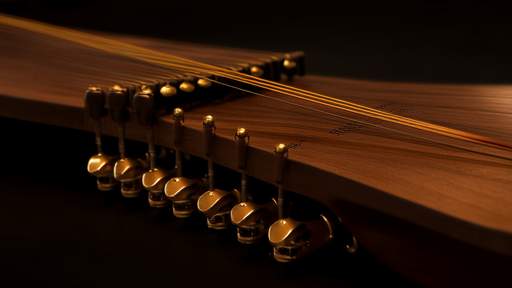
By /Jun 6, 2025
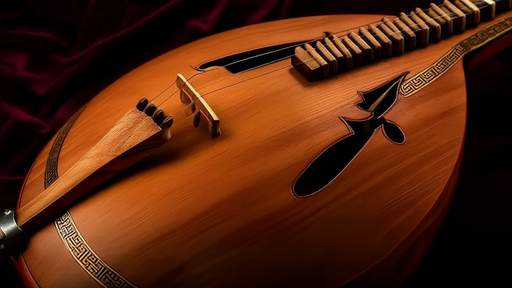
By /Jun 6, 2025

By /Jun 6, 2025
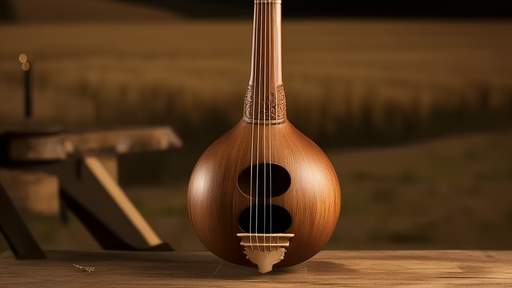
By /Jun 6, 2025
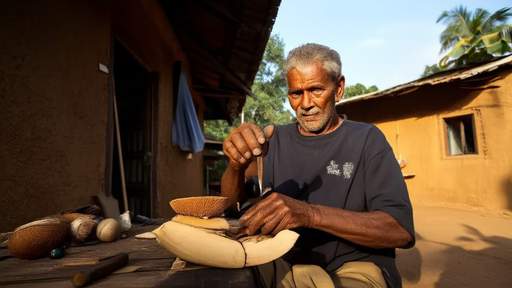
By /Jun 6, 2025
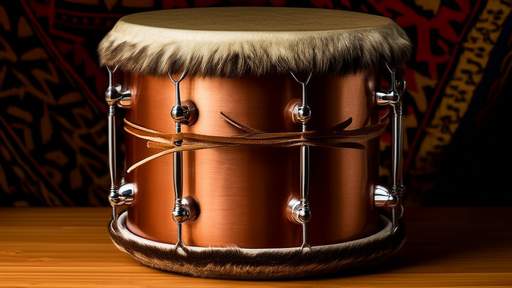
By /Jun 6, 2025